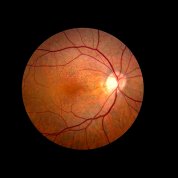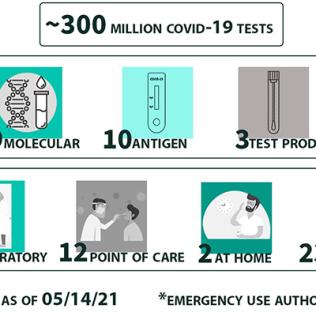
On the Cover
Retina showing reticular pseudodrusen. A clinical study led by the National Eye Institute will follow 500 people over 5 years to learn more about the natural history of early agerelated macular degeneration (AMD). By using the latest technologies to visualize structures within the eye and measure their function, researchers hope to identify biomarkers of disease progression, well before it advances to late-stage disease and causes vision loss.
NEI





